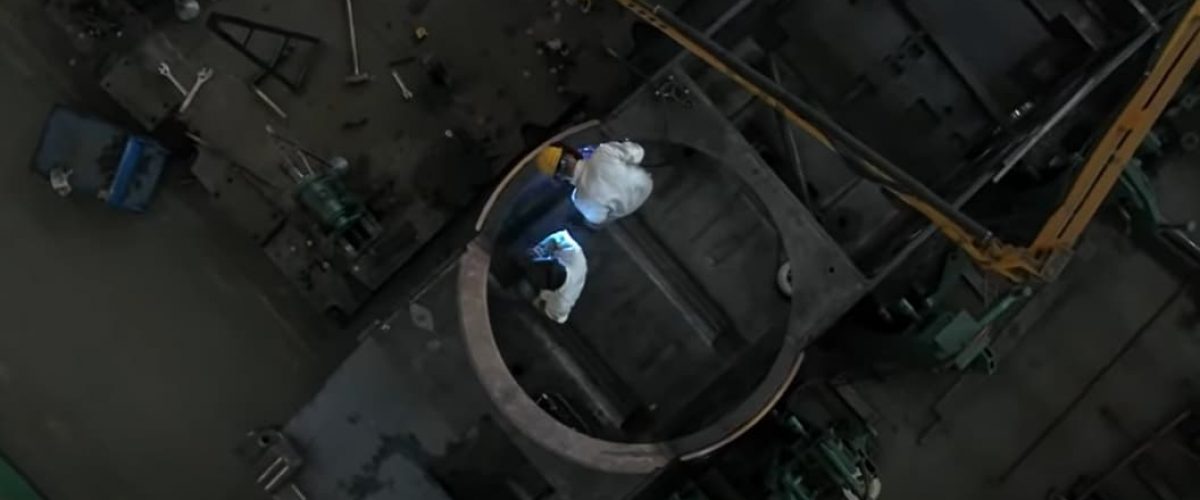LNG – Liquefied Natural Gas – is a hazardous operation both in terms of storage and transport. This fuel, which is increasingly used by the merchant navy, is the subject of every precaution, as any leakage would lead to tragedy.
Risks of liquefied gas leaks on LNG carriers
LNG is a gas liquefied at -163°C. It travels in the tanks of LNG tankers to cross the planet. If leaked, the LNG would evaporate and come into contact with the air. The vapor would be highly flammable and expose the vessel to the risk of explosion. An internal leak would be just as dangerous, as it would asphyxiate the sailors.
Finally, any leakage of liquefied gas into the atmosphere is considered extremely polluting, as LNG is mainly composed of methane, which is considered more harmful thanCO2.
The increase in LNG carrier traffic
There are currently an estimated 500 LNG tankers plying the oceans. This figure is expected to increase significantly as liquefied natural gas has been designated to replace heavy fuel oil as a fuel. LNG has many environmental benefits, despite the risks of leakage. It drastically reduces sulfur oxides (SOx), fine particles and nitrogen oxides (NOx).
Shipowners are particularly interested in switching to liquefied gas to power the engines of their container ships, cruise ships and ferries. By the end of 2020, 704 vessels had already switched to liquefied gas and it appears that the transition is accelerating.
Leaktightness of LNG tankers
Before, it was usual to use spherical tanks or membrane tanks. Today, the former tend to disappear in favor of the latter. Membrane tanks have the advantage of being lighter. With a capacity ranging from 1,000 m³ to 20,000 m³, they are also more adaptable to hull shapes and volumes. Finally, they limit the rate of evaporation from the bunkers.
The walls of the tanks are made of double walls, similar to those of a thermos bottle. The safety requirements on board ships are very high. Onshore and offshore, safety technicians are trained to perform specific welds. Their work is further complicated by the sealing and thermal insulation of the tanks: This is ensured by a double barrier under a nitrogen gas atmosphere designed to prevent any reaction with atmospheric oxygen.
The LNG tank has a first membrane which forms the inner wall. It is made of embossed stainless steel, which creates a so-called “primary” space structured with polyurethane foam boxes and a slightly overpressured nitrogen atmosphere. The second membrane is the external membrane that covers the tank. It is made of a composite material and covered with a thermal insulator that offers an additional guarantee for the watertightness of the tank.
Fragility of the inner membrane
The inner membrane of the tank is made of Invar, an alloy of iron and nickel whose main property is to have a very low expansion coefficient. The invar is very sensitive. In contact with human skin or sweat, it rusts instantly. The workers in charge of welding the tank are therefore protected from head to toe.
The thickness of the inner membrane of an LNG tanker is only 0.7 mm. The ideal welding depth should be 0.5 mm. On a large LNG carrier, the fabrication of the tank can require up to 140 km of welding. It goes without saying that the workers are selected according to drastic criteria to ensure safety on board the LNG tankers.
[custom-related-posts title=”Autres articles sur la soudure” none_text=”None found” order_by=”title” order=”ASC”]
